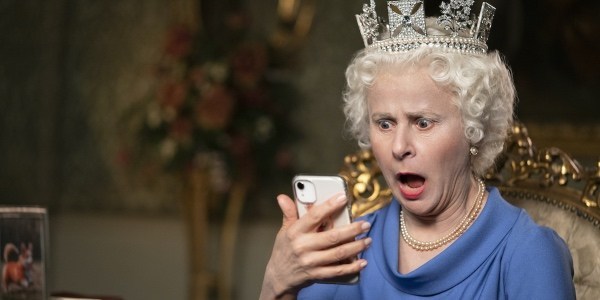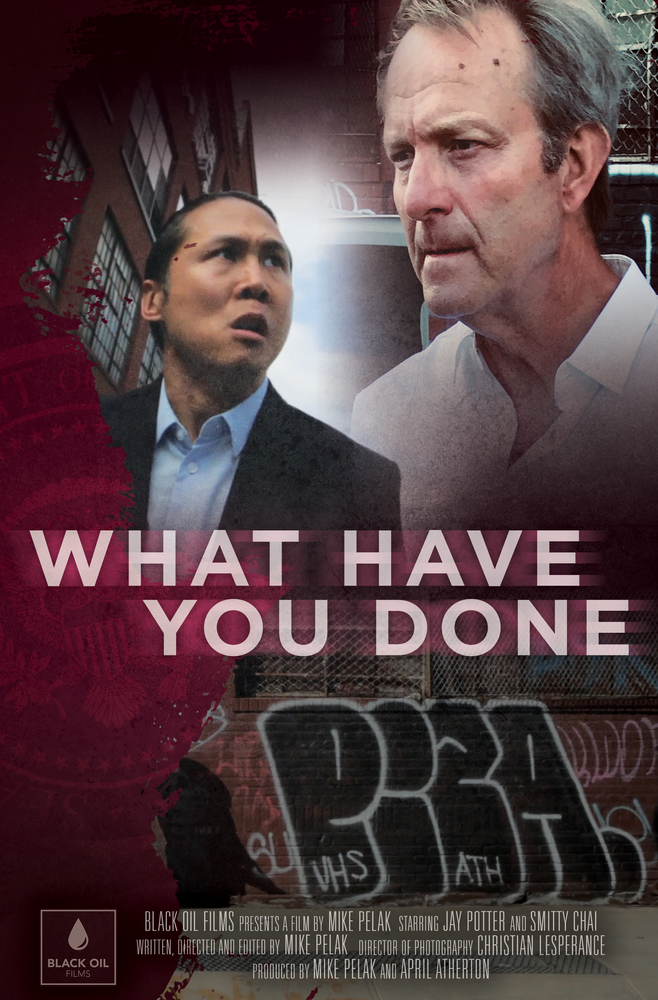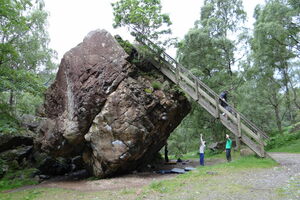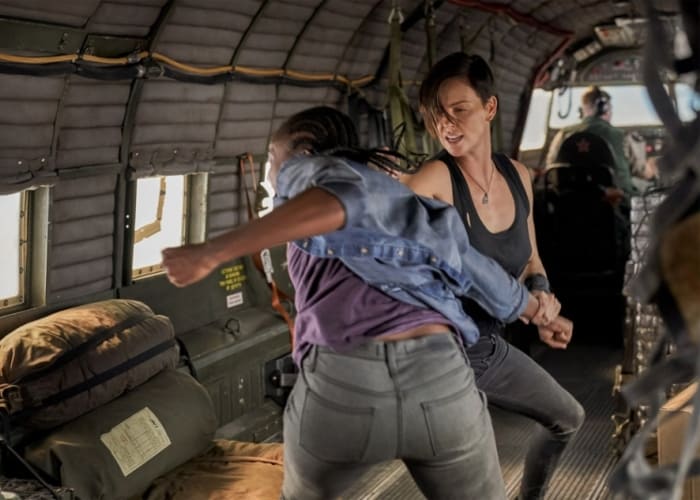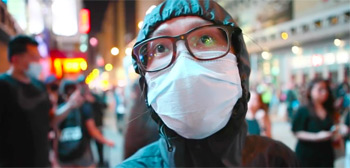Ambition is the Antagonist: Sean Durkin on The Nest
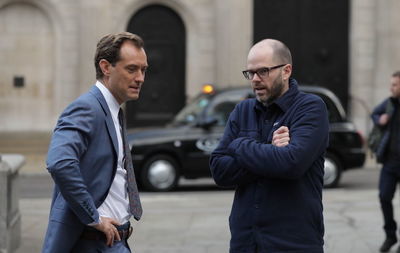
Don’t let the wide, creepy shots fool you—in Sean Durkin’s “The Nest,” there aren’t any supernatural forces haunting the O’Hara family. Running out of money, or perhaps his excesses, Rory (Jude Law) decides it’s time to pack up his wife and two children and move back to England. His spouse, Allison (Carrie Coon) isn’t exactly pleased, but she eventually agrees. After all, Rory rapidly assures her everything’s fine. He’s even bought his family an enormous, empty mansion outside London. The O’Haras try to adjust.
In his first film since “Martha Marcy May Marlene” (2011), writer/director Sean Durkin pulls from a mix of personal experience and atmospheric horror, creating an intimate drama all its own. His sophisticated filmmaking offers his characters—and his actors—room to breathe. In Allison, Durkin gives Carrie Coon her first starring role on the big screen following years of fantastic performances on television, one filled with the same nuance and depth fans of “The Leftovers” know she’s capable of conveying. In Rory, Durkin lets Law play poser and patriarch, crafting a complete expression of a man trapped by his insatiable desires.
Can they reach each other? Will their marriage survive? The only demons in their new house are those Allison and Rory have brought with them. We spoke with Durkin about his relationship with genre, his actors, and finding his endings.
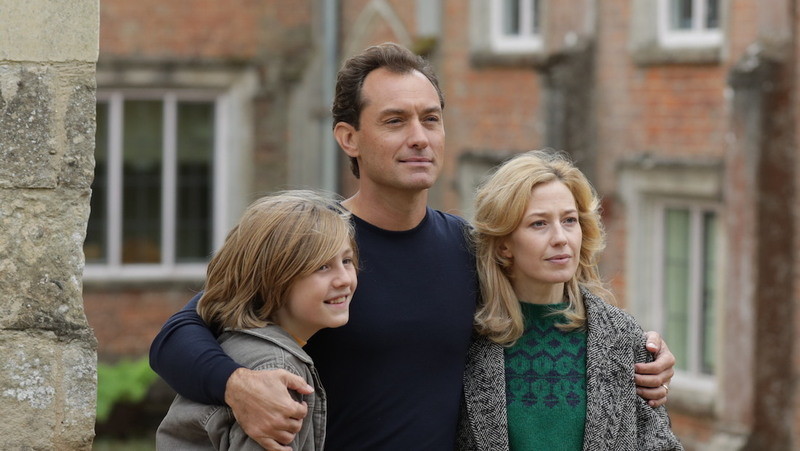
“The Nest” has a bevy of stylistic similarities to horror. How much was this intentional?
It was very intentional. I mean, I love horror movies, and I hope to make one one day. What I believe in is using the great tools of cinema to enhance the truthful experience of what the characters are going through. So in “Martha,” it was very character-led, it was very research driven, in terms of what someone goes through after escaping from a cult, what their psychological perspective is, and the paranoia and the fear that they feel. So I used some of those thriller elements to enhance the psychological state of Martha. In doing that, I think it just became naturally what I’m interested in.
And so I did it again here [with “The Nest”], in a different way. I wanted to explore the psychological state and the atmosphere around a sudden move. Especially a move in the eighties, moving from the U.S. to England, there were very stark differences in place. I wanted to create these two contrasting homes, one quite cozy and comfortable, [in contrast] with this giant house full of unachievable dreams.
I wanted to create that psychological state in particular for Allison, of what it would be like to be left alone in this house. And use the tools of a haunted house [and a haunted house movie] to enhance that psychological experience, which I think is very true to her character.
Were there any specific haunted house movies that you were pulling from, or that influenced you?
No, not really actually. Collectively, definitely. Collectively, it’s soaking up atmosphere. It’s not a reference, but I saw “The Changeling” when I was in prep. I was in New York to see Carrie and Jude, it was actually our first meeting, and “The Changeling” was playing, a film print, and I went and saw that. The viewing didn’t influence “The Nest,” but what I remembered was that seeing that movie as a teenager influenced “The Nest.”
If horror movies, generally, are built around a specific antagonist, who or what is the antagonist of “The Nest”?
So I really struggle with understanding traditional structure. And like, when I’m writing I’ll often go back to screenwriting structure books that are like, “Who’s your protagonist?” “Who’s your antagonist?” And I’ll make these graphs to try and understand my script. I can never quite crack it. I’m like, “If Allison’s the protagonist, is Rory the antagonist? Well that doesn’t work, because Rory’s the protagonist!”
But if I had to boil it down, I would say it’s ambition, you know? Ambition is the antagonist. This sort-of weird version of the American dream that he’s [Rory’s] chasing. This bigger is better mentality, this idea that there’s some better life around the corner, the financial culture that he’s living in, these are the forces working against the family.
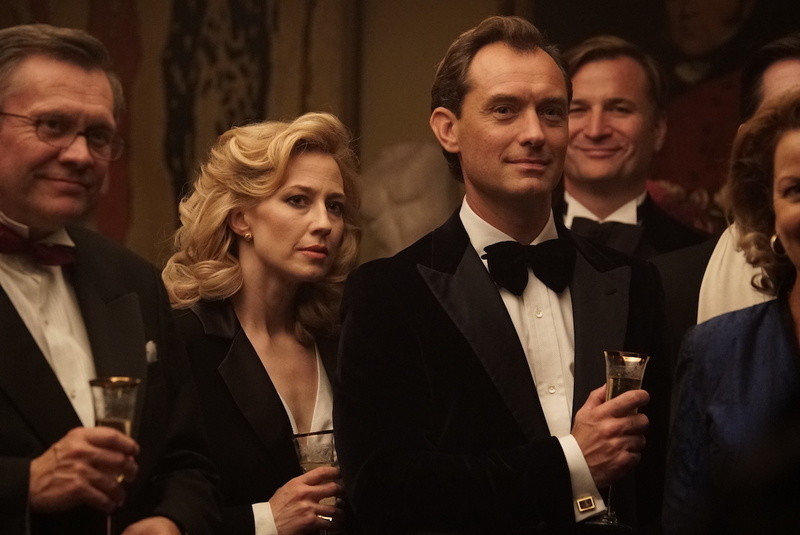
Did that play into your decision to set the film in the 1980s?
Yeah, definitely. It started as a personal thing, I moved from England to New York when I was 11, and that was in the early nineties, and the two places couldn’t be more different. I mean, an immediate atmospheric change. And when I went back to New York in 2012 to make “Southcliffe,” the two places felt quite seamless, something had really changed [for me] in that time.
And so I wanted to make a film about a family that moved, the effects of the move on that family. I moved it back a little bit into the ’80s, and then I honed in on 1986 because of the deregulation and the privatization that was happening in England, and American banks coming in and trading on the British markets.
All the good Ronald Regan and Margret Thatcher did us …
Exactly. So I pinpointed it in ’86 for that reason.
What was the process going from your first movie to your second? Did you always know “The Nest” would be your sophomore feature?
No, I didn’t think it would be. I worked on a couple other things that didn’t work out, so I really didn’t expect that “The Nest” would be next. I was working on other things, I was writing “The Nest,” and then I put “The Nest” down, worked on something, and came back to it. Then suddenly, I did a draft—I think it was late 2017—and I was like, “Oh! This is working.” I showed my producer, and she was like, “Let’s just make this!” And I was like, “Ok!” And in a year we were shooting. It kind-of snuck up on me.
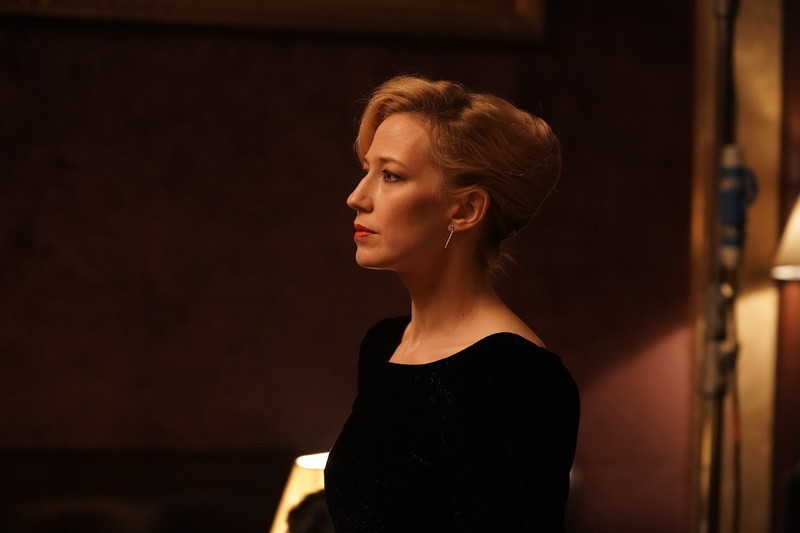
How soon after did Carrie Coon and Jude Law come aboard?
I think we worked on getting financing in place, and then I brought on Carrie, I think it was like February maybe, and then we shot in September (2018). And then Jude a little bit after that.
How familiar were you with her prior work?
I knew Carrie a bit through friends, so I’d met her a couple of times. I really work closely with my casting directors, so I like to talk to them about ideas. We were just running through names and ideas and [casting director] Susan Shopmaker suggested Carrie, and it was like a light bulb was just going off. It was like, “Of course it’s Carrie! I saw her like three months ago, yes!” Something just clicked about it, it made sense that she’d be able to capture the two sides of this person, the duality in Allison.
How did you two work together to find that performance?
Just trust. Just let her do her thing. I believe in just trusting actors, and casting the right people, and then guiding them however they need guidance. I love all different methods, and I’m completely there for whatever the person needs. Someone might want to talk for hours and hours and days and days go back and forth for months—I love that. And other people might read and say, “I get it, I’ll see you there.” And I say, “I’ll see you there.” And Carrie’s sort-of that style. And then it’s about saying “more” or “less,” and I just believe in talking about the person, the ideas.
So Carrie’s more of the “I’ll see you on set?” style?
Yep, definitely. And I just believe in trusting that.
And how did that compare with working with Jude Law?
Yeah, so Jude and I met, and we were just really on the same page from day one. Rory does some questionable things, and makes some decisions that I knew, would push an audience. So I felt like Jude just has this warmth about him as a person, he’s a very generous warm person, and so he and I both wanted to protect this love that’s beneath the surface [of Rory]. Even though Rory is misguided at times, he believes he’s doing the best thing. He truly believes. So we wanted to hone in on heart and love, and the ways he is a good father and he is a good husband. And I knew Jude would just have all that.
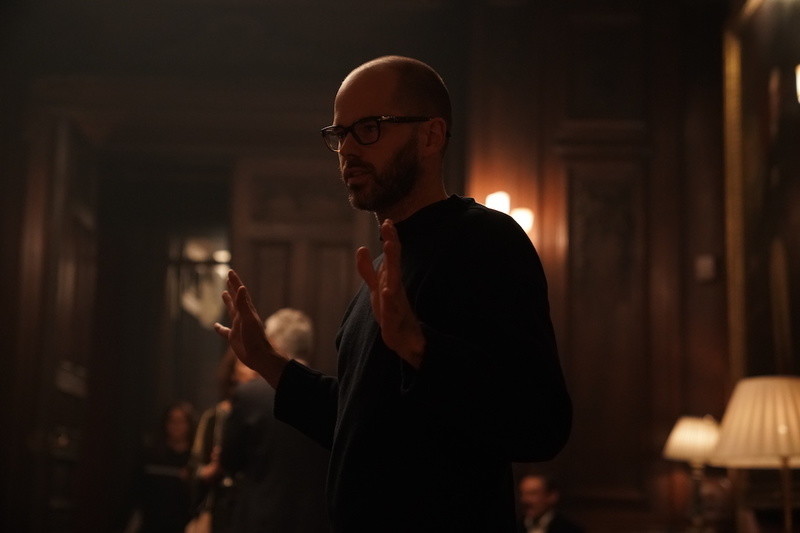
I was just going to ask how sympathetic you see Rory being, and how much sympathy you’re hoping the audience has for him?
So I have a whole philosophy about not judging my characters. And I’ve portrayed some pretty dark characters. But as the filmmaker, I think if you start judging your characters, you change the light of the movie, or you take away from them being complete humans. So I think it’s my responsibility to not make any judgment. What I do is I focus on the character, I get inside the character’s head, and let them take over. It becomes this thing of following the truth of the character. It’s not my place to say what I think of it, but I have to find love for the character as a human being, and not necessarily empathy, but just that it is a real human being that I’m portraying.
Then it’s up to the audience to have whatever reaction they have. That’s some of the fun of it, letting people have such different reactions. I remember one early screening, where some people were like, “He’s awful! I can’t believe him!” And others being like, “He broke my heart! I feel for him!” It’s so personal—who that person [Rory] reminds you of in your own life? If they remind you of parts of yourself, or maybe it’s too close to home. Or maybe it’s exactly right close to home! Whatever mindset you’re in, but I wanted him to be a product of his time. And a victim of his time.
I really can’t overstate how much I love the endings of both of your films. They end on such perfect notes, like you’re starting a sentence where you’re going to resolve the concerns of the film, and then two words into the sentence you just stop talking.
[Laughs] Well really, when I watch a movie, when it starts I want to feel within minutes that these lives have lived before the movie started, and when it ends I want to know that they’re going to continue. I just think that’s the best kind of drama, when you believe—obviously we know we’re watching a movie and we know it’s not real—but a sense of living. I want to imagine what happened before the movie and I want to imagine what happened after. I want to leave you in the thought process of the people in the movie and put you in that perspective, and leave you with that feeling.
That seems in contrast to the traditional, three-act structure most films fit into. How do you know when you’ve reached the end?
I really love good short fiction. It captures—the greatest short-story captures a specific place, a specific time, and some like specific lens in on the human condition. It can be so complex and so simple. I’ve been reading a lot of Ann Beattie, and I was listening to something recently and she was quoted saying something like, “a story doesn’t have an ending, just an appropriate place to stop.” I feel like there’s a lot of exploration in the process of how to know where to stop. It just becomes a thing for me over time of writing, of just being like, “Oh, we’ve said everything we need to say now. Let them continue in your imagination as opposed to on-screen.”
“The Nest” will be available on VOD on November 17. To read Matt Zoller Seitz’s four-star review of the film, click here
